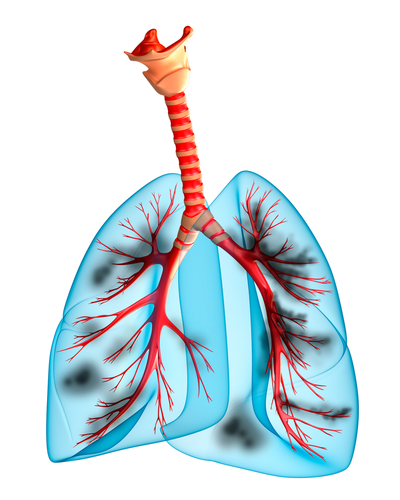Individual CTEPH Case Study Demonstrates Features of Heart Failure

 A lot can change in five years, especially when someone has chronic thromboembolic pulmonary hypertension (CTEPH). A group of doctors at the University of Würzburg and Katharinen-Hospital Unna in Germany followed a 68-year-old woman for five years, from the time of her visiting the clinic with shortness of breath and symptoms of pooling fluid in both legs to the time of her death due to cardiogenic shock. Along the way, she was diagnosed with CTEPH, making the clinical case study an added piece of knowledge to understanding CTEPH progression.
A lot can change in five years, especially when someone has chronic thromboembolic pulmonary hypertension (CTEPH). A group of doctors at the University of Würzburg and Katharinen-Hospital Unna in Germany followed a 68-year-old woman for five years, from the time of her visiting the clinic with shortness of breath and symptoms of pooling fluid in both legs to the time of her death due to cardiogenic shock. Along the way, she was diagnosed with CTEPH, making the clinical case study an added piece of knowledge to understanding CTEPH progression.
As a common cause of pulmonary hypertension, pulmonary thromboembolism is described by blood clots in the pulmonary arteries that reduce the ease of blood flow and create pressure buildup. As these pulmonary emboli become more persistent (chronic) and start to organize into a fibrous clot, they can promote vascular remodeling of the pulmonary artery walls and increase the resistance of the vessels. This can lead to a further rise in pulmonary artery pressure and the development of CTEPH.
[adrotate group=”4″]
When the patient described in “Journey of a Patient with Chronic Thromboembolic Pulmonary Hypertension” was admitted to the hospital, doctors conducted an electrocardiogram (ECG) to detect any changes in heart function. She had acute right ventricular strain and an elevated heart rate. From there, doctors conducted computed tomography and discovered multiple thrombi in her pulmonary arteries, along with a dilated and enlarged right ventricle of the heart. Further testing pointed toward pulmonary hypertension as a diagnosis, at which point the doctors conducted right heart catheterization and diagnosed the patient with CTEPH.
Finally with a diagnosis in hand, her clinicians prescribed three medications: sildenafil, oral anticoagulants, and diuretics. As time went on, they decided to increase her medications to triple therapy with inhaled iloprost and ambrisentan. Although the patients’ clinicians suggested she undergo pulmonary endarterectomy (PEA) to remove the blood clots in her lungs, she consistently declined and remained at the WHO level III for pulmonary hypertension.
[adrotate group=”3″]
Eventually, four years after diagnosis, she had decompensated right heart failure. At this time, the patient was evaluated for PEA and a combination heart/lung transplant, but the evaluation was negative. A year later, her decompensated right heart failure returned, and she died in the hospital.
An important take-away of this study, which was featured in European Journal of Medical Research, is that a CTEPH patient with a normalized systolic pulmonary arterial pressure according to echocardiography, but disease progression, is representative of having progressive right heart failure. It may be useful to consider other right ventricle functional parameters when determining functional improvement as a result of a specific treatment regimen for CTEPH.







